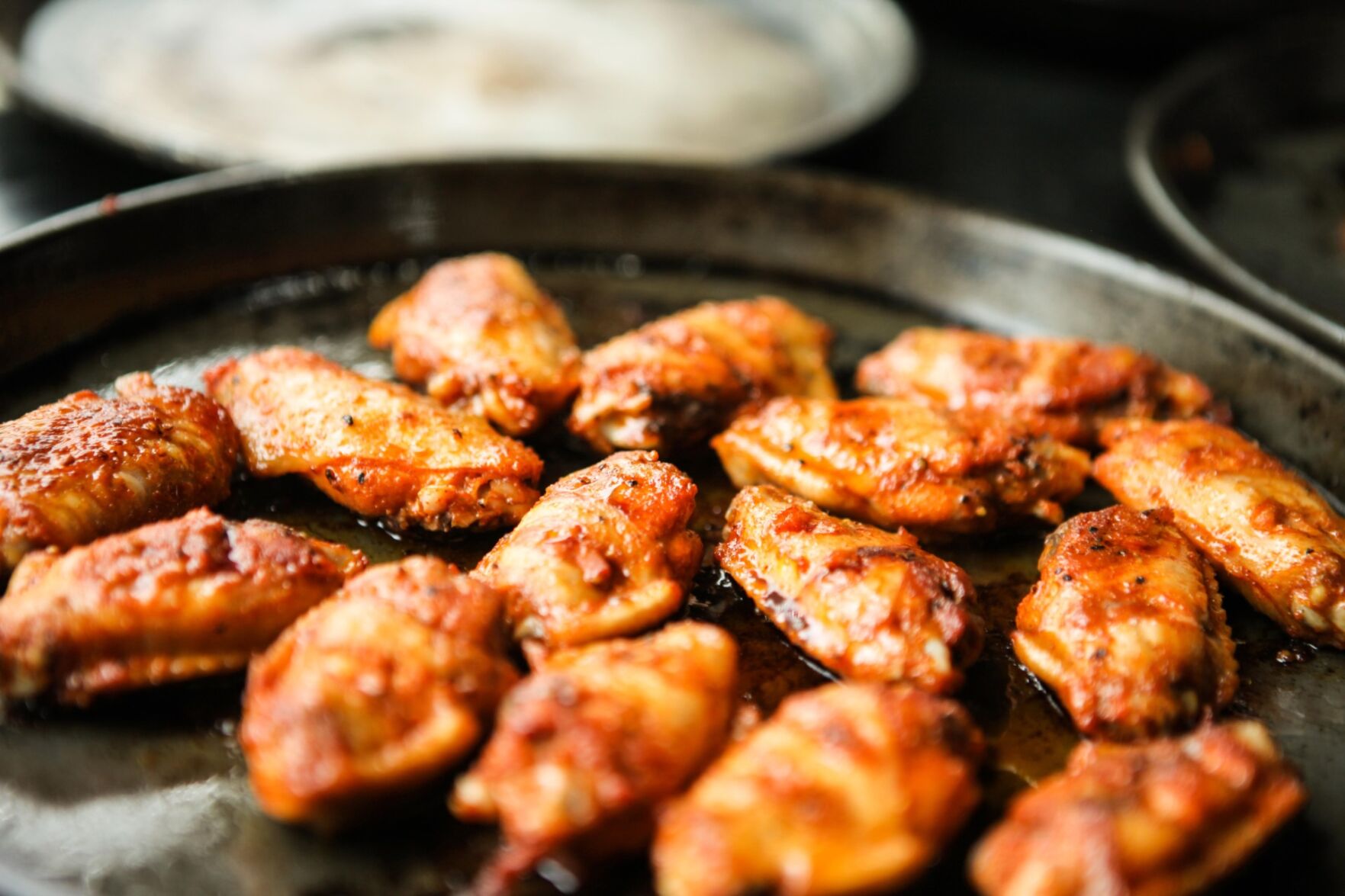Sales of chicken wings are expected to set another Super Bowl record despite reduced poultry production and an ongoing pandemic, according to both a Texas A&M AgriLife Extension Service expert and poultry trade association.
The National Chicken Council estimates consumption of chicken wings and drumsticks, a favorite snack for sports fans during Super Bowl week, will remain hot despite the pandemic. The council estimates a record 1.42 billion wings and drums, up 2% from last year, will be consumed as the Kansas City Chiefs take on the Tampa Bay Buccaneers.
David Anderson, Ph.D., AgriLife Extension economist, Bryan-College Station, said there are several aspects of the supply and demand spectrum that may have contributed to chicken wings performance despite COVID-19 restrictions.
Anderson said demand for wings is usually higher during football season, leading up to peak demand on Super Bowl Sunday.
“We normally see price increases due to demand this time of year,” he said. “You have playoff football and the Super Bowl, and wings have become synonymous with the activities surrounding these big sporting events. Wings and football just go together.”
Chicken wings flying high
Wholesale chicken wing prices are more than 50 cents higher per pound than this time last year at $2.49 per pound compared to $1.85 per pound, he said. The bounce in prices is even more impressive given the poultry product’s rebound from 91 cents per pound in April as COVID-19 led to widespread restrictions that closed restaurants and bars or reduced their capacity.
Wings bounced back to $1.80 per pound by May, but overall poultry production decreased for the last three quarters of 2020 due to uncertainty. An influx of wings and drums from cold storage more than made up for the reduction in production.
According to Cold Storage Reports, surplus wing and drum stocks in cold storage were reduced by 53% during November and December, as restaurants and retailers prepared for the typical rise in demand culminating with this year’s Super Bowl.
Anderson suspects typical restaurants that serve wings were suited for takeout and delivery, which likely shielded the poultry cut from the pandemic.
Servings of chicken wings in restaurants were up 7% in 2020 compared to 2019 despite an 11% decline in trips to commercial restaurants over the same time period, according to the council’s report.
A recent survey by the council showed COVID-19 didn’t slow down demand for chicken wings and that 25% of respondents consumed more wings and drums during the pandemic.
“Wings travel well and hold up during delivery conditions,” said council spokesman Tom Super. “Plus, they align with consumer desire for comfort food during the pandemic.”
But the council also reported higher demand for wings at grocery stores. Total U.S. wing retail/supermarket sales were up 10.3%, almost $3 billion, and in-store frozen wing sales were up more than 37%.
Anderson said the boom at grocers is not surprising because retail sales of all meats has spiked during the pandemic, though the increase has not made up for the reduction in restaurant sales for those products.
Technological twist, longing for normalcy
Anderson said cooking technology—specifically the air fryer—also may have contributed to the spike in grocer sales.
“The popularity of air fryers is trending high, and their popularity has changed the demand for a meat item much like the microwave did for breaded chicken and nuggets years ago,” he said. “The microwave changed the way we eat chicken, and the air fryer makes preparing wings at home easier and more convenient. It’s an interesting twist to how wings are performing this year in spite of COVID-19.”
Anderson said demand for chicken wings could be a sign that people are hungry for normalcy and ready for gatherings and the foods associated with socializing. He suspects there could be a boom in pent-up demand for even more wings and drums as vaccinations spread.
Rising feed costs including corn and soybean meal, staples for poultry production, could reduce production and might impact prices later this year, Anderson said.
“Here we are at really high prices, but it’s a combination of a little less supply and higher demand and a litany of seasonal and coincidental factors,” he said. “There are so many factors that are weighing into the market for chicken wings this year – from COVID-19 to technology – and that makes it interesting from an economist standpoint.
“I wouldn’t doubt that the Buffalo Bills’ success and making the AFC Championship contributed somewhat to its own little spike to the chicken wings’ overall success because of the city’s association with Buffalo-style hot wings.”


